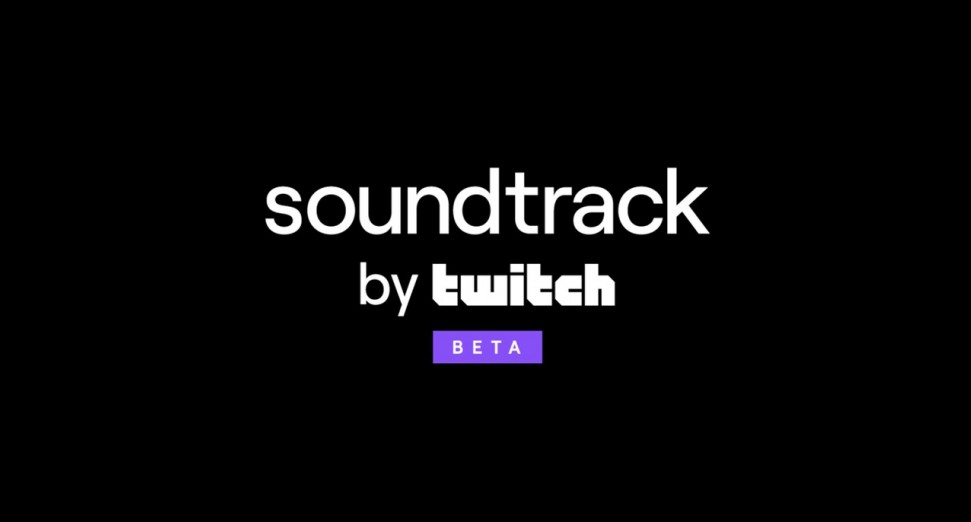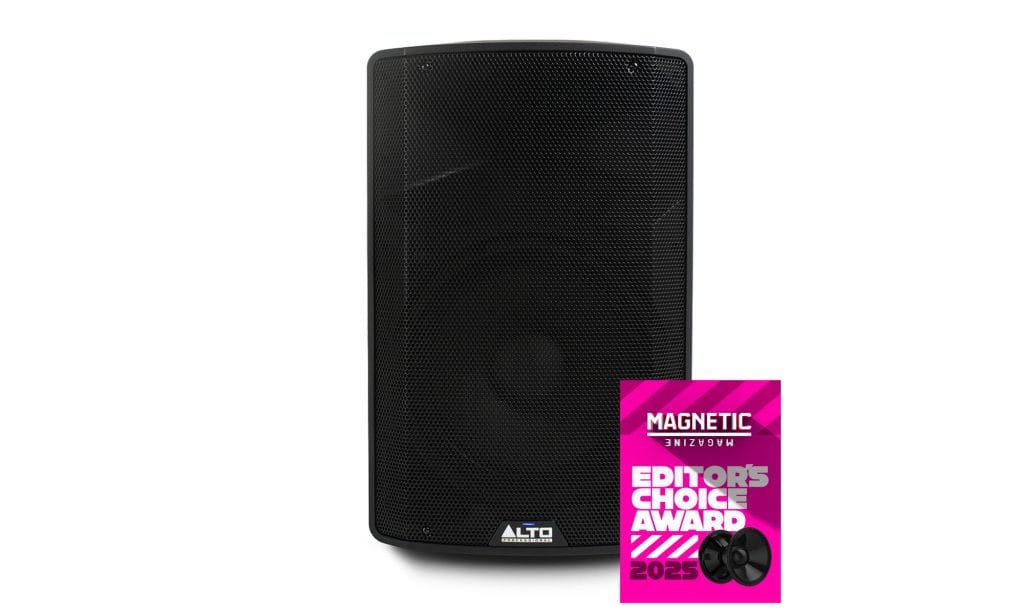
Why the Alto TX412 Just Earned Our Editor’s Choice Award
Table of Contents
There’s been a lot of interest in the Alto TX412 and the entire TX series as a whole this year, and the TX412 sits right at the center of that attention—especially considering the popularity of its predecessor, the TS series, which has been a staple in the live sound scene for what feels like forever.
It’s a 700-watt powered speaker with Bluetooth and TWS stereo linking, built to offer simple functionality and strong output at a price point that’s approachable for mobile DJs, performers, and small venues. That price point does a lot of heavy lifting when it comes to my appreciation for Alto and my long-standing respect for these speakers. These days, everything seems more and more expensive, and as musicians take more ownership of their income through live gigs and self-managed bookings, every piece of gear in their kit needs to punch above its weight. The TX412 definitely does.
Unlike Alto’s TS4 series, there’s no companion app or deep DSP control—but that’s part of the appeal. I’ve long been a critic of app-reliant hardware, whether entry-level or premium, and I appreciate that you can get full value out of these without having to pull out your phone. The TX412 is designed to be straightforward, easy to set up, and tough enough to handle different gig environments without overcomplicating the workflow.
So let’s get into the weeds—every feature, every common frustration, and every use case that came up while testing in different rooms, rigs, and setups. We also pulled in real feedback from DJs, musicians, and event techs to help answer the kind of questions that specs alone don’t cover. If you’re looking for a surface-level overview, this isn’t it. This is a real-world breakdown of what the TX412 gets right, where it comes up short, and how to decide if it fits into your setup.
Editor’s Choice Award
We created the Editor’s Choice Award to spotlight gear that actually delivers—products that don’t just promise performance or convenience but consistently show up in real-world use. The market’s flooded with options, and every year we see spec-heavy releases that feel impressive on paper and fall flat the moment you plug them in. That’s exactly why this award exists: to highlight brands and units that understand the user, nail the basics, and prove their value over time and across different use cases.
The Alto TX412 checks all those boxes. It doesn’t try to do everything—it does what it’s designed to do, and it does it well. The build is smart, the Bluetooth is stable, the EQ is practical, and the price point makes it genuinely accessible. Whether you’re a working musician, a weekend DJ, or someone building their first rig, this speaker meets you where you’re at. That’s not marketing fluff—that’s what we saw play out over weeks of testing and dozens of conversations. So, yeah—it earned the badge.
First Impressions and General Build

The Alto TX412 sits in an interesting space in the speaker market—compact enough for mobile use, powerful enough for mid-size venues, and priced to compete. It’s rated at 700W peak (350W RMS), with 500W going to the low-frequency driver and 200W to the high-frequency compression driver. You’re not going to hit concert-level SPL with it, but in rooms up to 100 people, it easily holds its own, which is a fantastic thing to be able to offer DJs and musicians who are building grass-roots community events behind their brand and artist project.
The horn dispersion is 90° x 60°, and it’s built into a multi-angle enclosure that can double as a floor wedge. The cabinet is molded polypropylene with a full metal grille and rubber feet which looks and feels sturdy and modern. It’s got two side handles and a top handle for easier carry. At under 30 pounds, I found it easy to haul between venues, and it felt stable on a standard tripod mount. There are no fly points and it’s not rated for suspension, so installation use is limited to floor-based or pole-mounted configurations but I don’t think that would make or break it for anyone who this speaker is designed to serve.
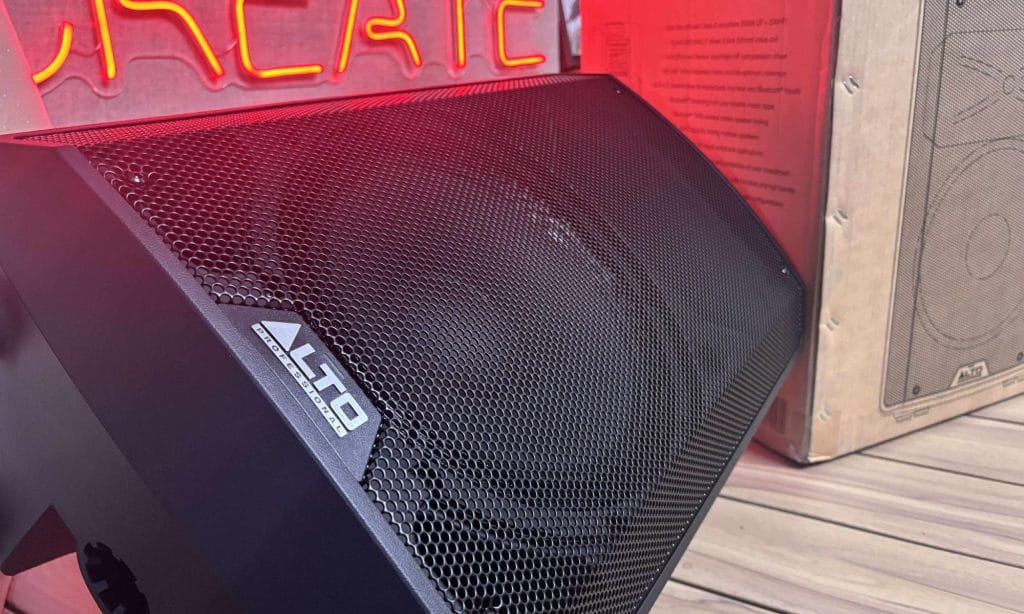
Why list out all these aesthetics? Becuase, at least I believe, these speakers are ideal for indie musicians and artists building community around their music and the aesthetics are as important as the sound when you’re recording clips of your live sets, shows, and DIY pop ups; and these speakers are set pieces for sure.
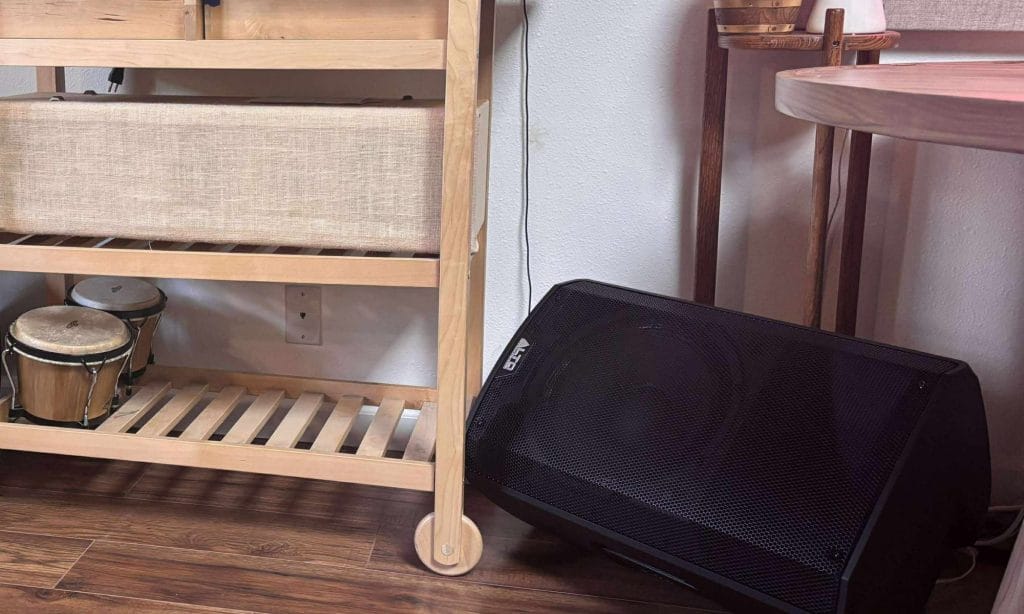
When I first set it up as a wedge monitor in my studio rehearsal room, it felt tight and responsive.
The 12-inch woofer gives you enough low-end to support backing tracks, but it doesn’t feel exaggerated or flubby. If you’re mainly working within 10–25 feet of the audience, the TX412 delivers punch and vocal clarity without overshooting the room which was also awesome to see!
Sound Quality and Use Case Considerations

I can’t say this enough, but this speaker is ideal for DJs, gigging musicians, and instructors working within a 25–35 foot range. You’ll notice some bass drop-off past that range compared to the beefier offerings available in the TX415, which can push further before low-end starts thinning out. For DIY DJ sets in creative spaces, bars, rehearsal spaces, fitness studios, or wedding cocktail hours, the TX412 hits the mark.
There’s no multi-band EQ or onboard DSP beyond a Contour button on the back, which boosts the lows and highs by around 3dB to enhance music playback. It’s a simple switch—but it works and make optimal sound accessible for artists and producers of any level whose primary focus is to get up and running and get people moving. For voice-only applications, I usually leave it off. For mixed music and mic use, the Contour mode gives the speaker a bit more fullness without making it feel hyped.
When I tested the TX412 I found the best results came from running audio into a small mixer first, then routing that signal to the speaker. That gave me control over crossover points and gain staging. The TX412 doesn’t offer any subwoofer management or HPF options onboard, so your external gear becomes the key factor in dialing in a clean full-range sound.
Input Handling and Mixer Integration

The TX412 includes a built-in 2-channel mixer with combo XLR/TRS inputs for mic or line-level signals, plus a Bluetooth input. The Mix Out is a single XLR jack that sums the input sources and passes them to another speaker. Just note that it does not pass Bluetooth audio—only analog signals.
Personally, I really appreciate how clearly Alto laid out the gain structure on the back pane.
I love some good and modern tech these days but when brands start including complex LED panels to control multi-point functionality and a whole control board of different mixers and yadda yaddas, my eyes start to cross. The mic/line selector is physical and clearly marked. I’ve run it both ways—straight in with a mic for a quick pop-up event, and with a small mixer for more involved setups. The unit handled both cleanly, and gain staging never felt like guesswork. For newer users or quick deployments, that simplicity matters.
Bluetooth Performance and Voice Prompts
Bluetooth 5.0 support on the TX412 is solid. I streamed Spotify from my phone and didn’t experience any noticeably unexpected latency or dropouts. The pairing process is manual—press and hold the Bluetooth button until the LED flashes. TWS pairing with a second TX412 is just as easy: hold the TWS button until both speakers link.
Build Features and Portability
There are no fly points or suspension hardware on the TX412, but it’s built with mobile users in mind. The cabinet feels solid, the grille has a bit of dampening behind it to minimize rattles, and the handle placement makes loading in and out fast. It’s not a tank, but it’s tough enough for weekend warriors, small rental rigs, and all the other most commonly use cases the target demographic who this is angled for would need..
Community FAQ
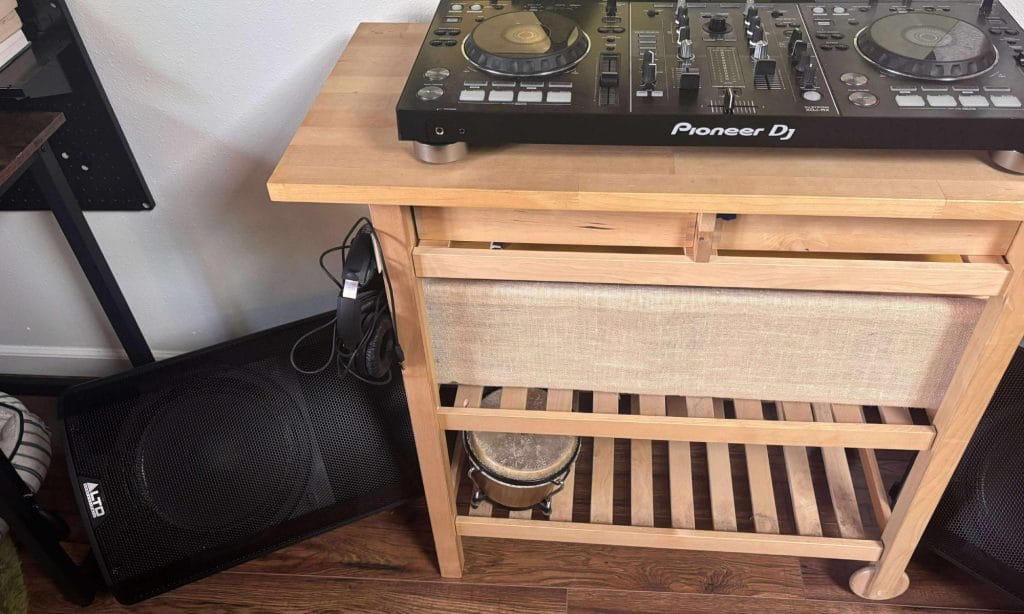
During our testing period, we asked a lot of questions—both in person at events and through our online network of producers, DJs, and gigging musicians. These are the ones that kept coming up. Instead of just quoting spec sheets, we’re answering these based on what actually happened during hands-on use.
Can you wirelessly pair the TX412 with another TX412?
Yes. I tested this myself. TWS stereo linking works between two TX412 units, and once paired, they remember the connection after power-down.
Can a microphone be plugged directly into the TX412?
Yes. A dynamic mic will work directly with the onboard input. Just flip the selector to mic mode. For effects like echo or reverb, though, you’ll need an external mixer or processor.
Is the TX412 loud enough for pub karaoke or small gigs?
Absolutely. I’ve used it for that exact purpose. It won’t blow out a large venue, but it can handle a room of 50–100 people without breaking a sweat.
Can the TX412 be used as a floor monitor?
Yes. The enclosure is designed with a monitor angle, and I’ve used it successfully on the ground as a wedge. It won’t replace a dedicated coaxial monitor in a high-pressure band setup, but it works for small acts and rehearsals.
Is there a mobile app for the TX412 like there is for Alto’s TS series?
No. The TX412 doesn’t support Alto’s app and doesn’t include advanced DSP or EQ control. It’s a more streamlined product focused on simplicity.
Additional Use Scenarios and Tips

One thing that stood out while using the TX412 was how well it adapted to a variety of unexpected needs. I ended up using it in a pinch for a small corporate presentation where the house system failed, and the TX412 covered both voice and background music with zero issues. It powered up fast, paired instantly with Bluetooth, and the contour mode kept the spoken word intelligible without needing to reach for a mixer.
That kind of reliability in off-the-cuff situations is something you really come to appreciate over time.
I’ve also seen it used effectively as a rehearsal monitor for DJs and bands practicing in tight spaces. Its low noise floor and responsive low-mid handling make it more usable than you’d expect for nearfield applications, especially with well-balanced source material. While it doesn’t have the low-end punch of a 15-inch model, it doesn’t leave you wanting unless you’re trying to push heavy bass at outdoor volume. In a two-speaker setup, you can comfortably run a decent-size room without needing subs—especially if you’re prioritizing portability and fast setup.
Final Thoughts
For the price, the Alto TX412 delivers exactly what it promises: a reliable, easy-to-use, portable speaker with decent output and rock-solid Bluetooth functionality. It’s not packed with features, but it doesn’t need to be. If you’re looking for something plug-and-play that won’t require a deep dive into settings or menus, this is a strong pick.
After spending time with it across multiple setups, my main takeaway is that Alto focused their efforts where it counts: solid amp design, clean Bluetooth performance, and a smart, rugged enclosure. If you’re working solo, doing mobile events, or just need something dependable for rehearsals or small venue use, the TX412 holds up well and gets the job done without fuss.



